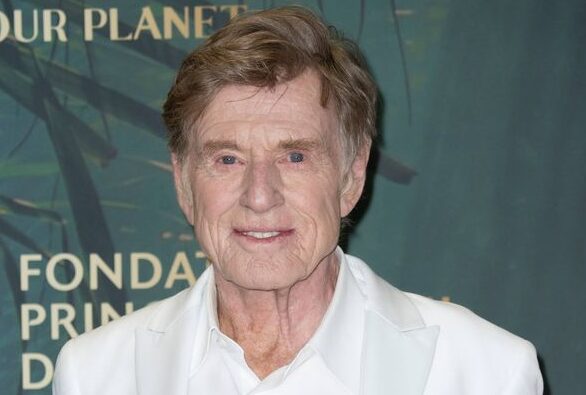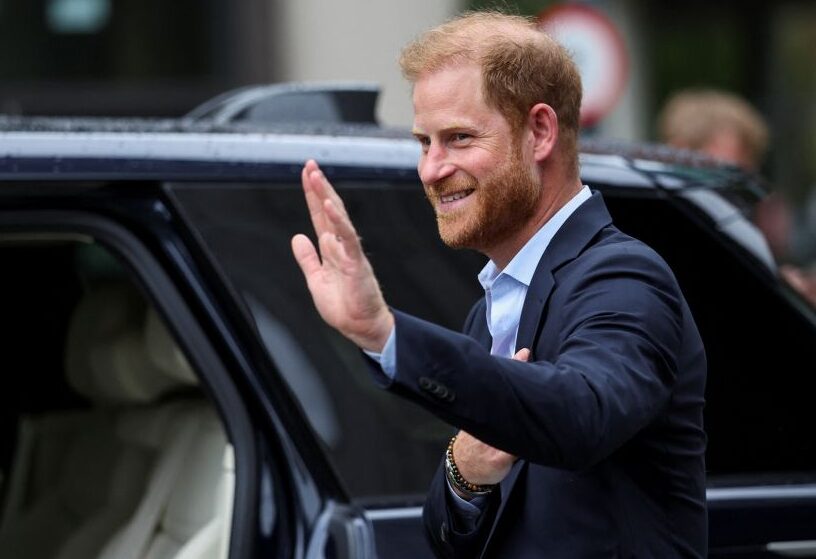A new Bollywood romantic comedy has kicked off a heated debate over how India’s biggest film industry portrays people outside its Hindi-speaking heartland.
Param Sundari, starring Sidharth Malhotra and Janhvi Kapoor, tells the love story of a Delhi man and a woman from Kerala. The two clash over cultural differences before predictably falling in love.
The concept isn’t new. Bollywood has often mined north-south cultural clashes for comedy and romance. But this time, critics and audiences, especially from Kerala, say the film leans heavily on stereotypes.
Kapoor’s character Sundari is shown with jasmine flowers in her hair, climbing coconut trees for fun, talking to elephants, and struggling to speak Malayalam even though she’s lived in Kerala all her life. The backlash began right after the trailer dropped, where Sundari even seemed to mispronounce her own name.
That blunder drew comparisons to the widely mocked heroine of The Kerala Story (2023), another character who grew up in Kerala but couldn’t speak the language convincingly.
Things don’t get better once the characters head to Kerala. A friend mispronounces the name of a village, then jokes, “Where is that? Africa?”a moment viewers called casually racist. From there, the movie races through cliches: backwaters, coconut trees, elephants, toddy, and the Oman festival.
One reviewer quipped the film felt like “a two-hour ad for Kerala tourism” that bulldozes any cultural nuance. Coconut jokes dominate key moments, including the couple’s first meeting and the final love confession.
Still, not everyone minds. Some viewers, like Rajiv from Bihar, said they saw the film as light entertainment. “It may not be true to life,” he said, “but chasing authenticity can make movies boring.”
Others, however, were less forgiving. Critic Sowmya Rajendran called Param Sundari “generic, exhausting and offensive,” arguing it hides tired clichés behind an “exotic” setting and over-the-top soundtrack.
This isn’t the first time Bollywood has faced heat over representation. Chennai Express (2013) was panned but became a blockbuster. Mary Kom (2014) drew backlash for casting Priyanka Chopra as a boxer from Manipur something Chopra herself later admitted was a mistake but the film still won awards. Even Mehmood’s over-the-top Tamil character in Padosan (1968) remains a classic.
But today’s film landscape has shifted. Post-pandemic, Bollywood has struggled with big-budget flops, while regional cinema has surged on Netflix, Amazon Prime Video, and in theaters. Malayalam hit Lokah, for instance, became a runaway success thanks to its fresh superhero story, overshadowing Param Sundari’s modest box office.
Film writer Cris notes the real issue isn’t outsiders playing certain roles, but when those portrayals slip into caricature. Param Sundari does attempt balance Sundari calls out north Indians as “ignorant, arrogant, and entitled” at one point but many felt the effort was half-baked.
Examples of more nuanced cross-cultural films exist: Godha (2017) showed a Punjabi wrestler’s life in Kerala with care, while Axone (2019) tackled stereotypes faced by north-eastern Indians. The Cannes-winning All We Imagine As Light (2024) offered a sensitive take on immigrant struggles.
And the problem isn’t only Bollywood. Poet and writer Aleena points out Malayalam cinema has also stereotyped Tamil, Dalit, and tribal communities, just as Hindi speakers are mocked in southern films.
“It’s really about power and representation,” Aleena said. “When a community isn’t part of telling its own stories, the portrayals become skewed. We need to make people participants in the art, not just subjects.”






